Enhancing Protection for Nebraska Livestock

When farmers or ranchers discover scores of sick animals – as happened when porcine epidemic diarrhea virus decimated swine herds a few years ago – they need answers fast.
Nebraska’s Veterinary Diagnostic Center stands on the front line of disease outbreaks in the state’s animal populations, from livestock and poultry to pets and wildlife. Early diagnosis and quick action are key to protecting Nebraska’s multibillion-dollar livestock production industry.
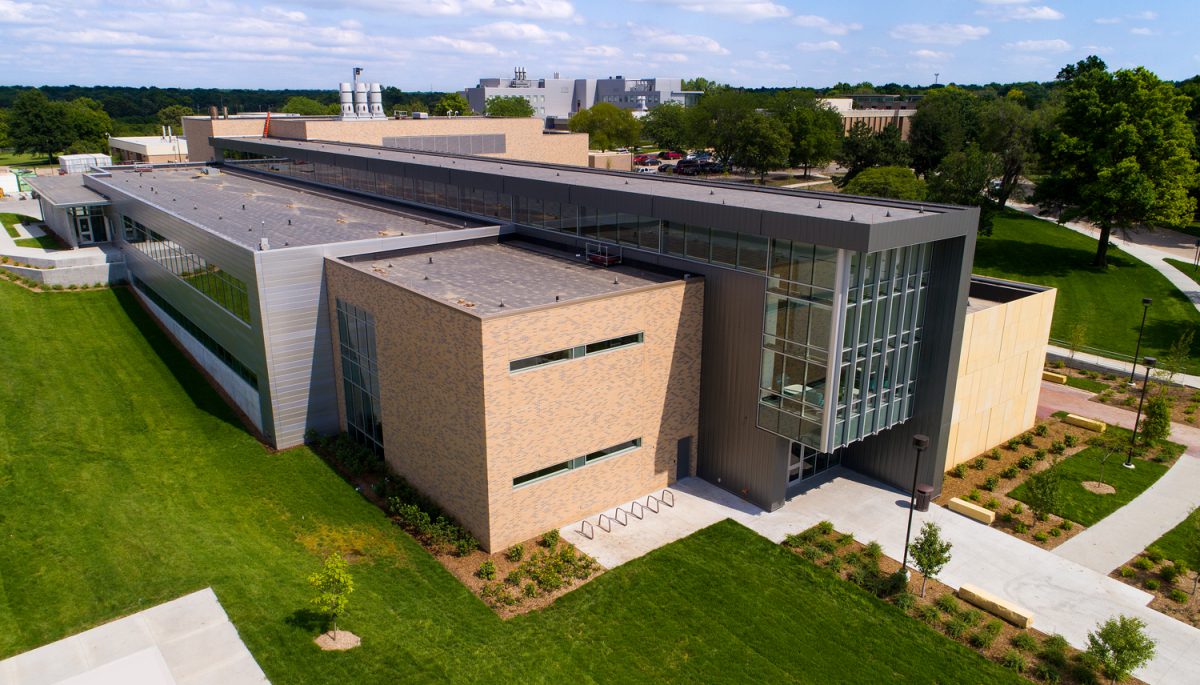
The new state-of-the-art veterinary diagnostic facility improves the state’s ability to keep animals – and people – healthy.
Completed in 2017, the center features cutting-edge diagnostic equipment and a Biosafety Level 3 laboratory for research and scientific services for foreign animal disease emergencies. The 40,500-square-foot building is four times larger than the previous center.
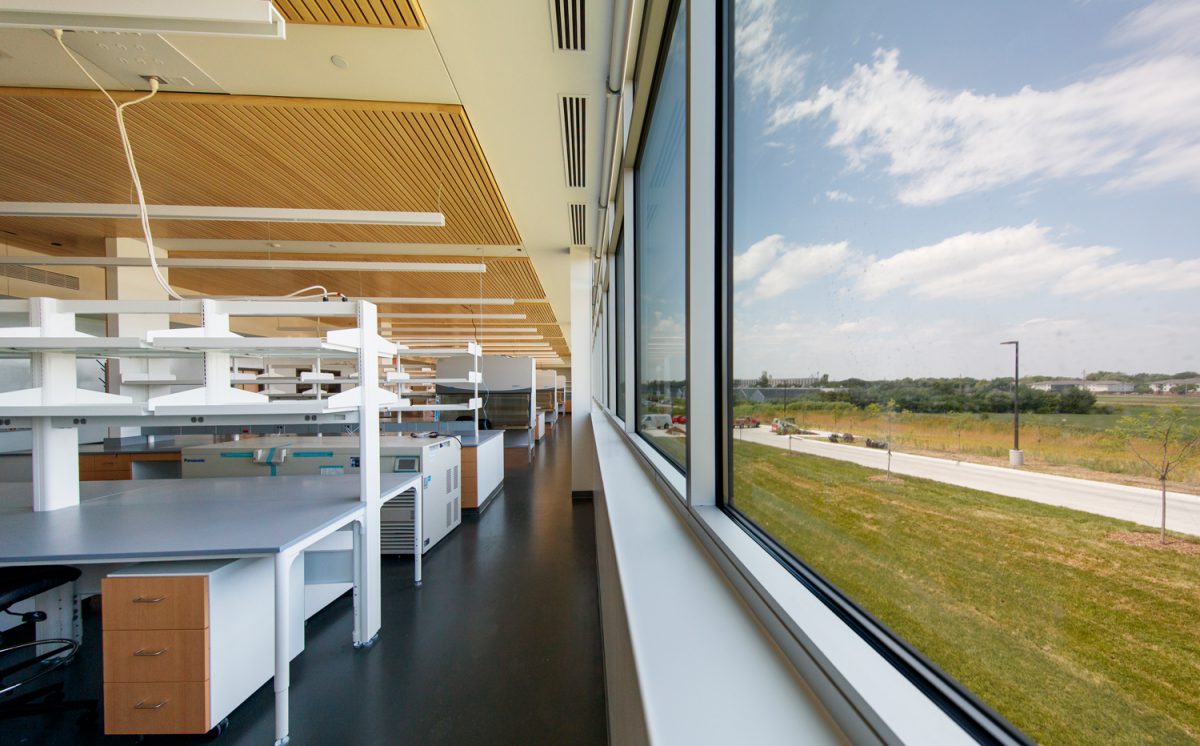
“We’re often the ones to see new and emerging diseases. The new building gives us a lot more space to investigate the origin of new diseases,” said Alan Doster, center director and professor of veterinary medicine and biomedical sciences. “It also allows us to expand our applied research program and investigate diseases important to the Nebraska livestock industries.”
The center, the state’s only laboratory in the U.S. Department of Agriculture’s National Animal Health Laboratory Network, works with producers, state and federal officials, veterinarians, producers and wildlife personnel to diagnose and investigate animal diseases, which sometimes can infect humans and cause significant illness.
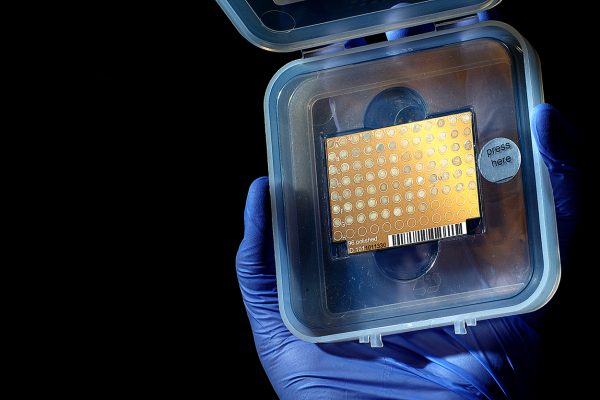
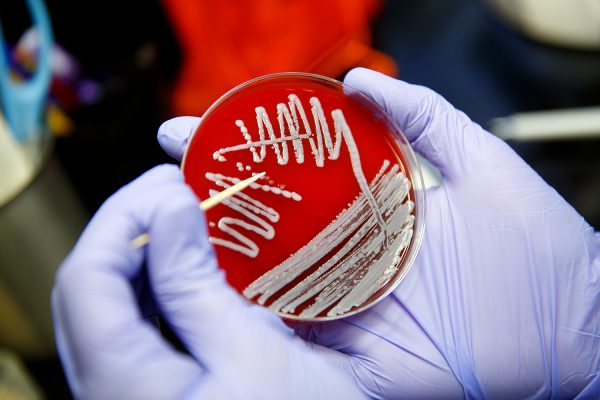
The center features a cutting-edge instrument that identifies potentially deadly bacteria within minutes instead of the several days required previously. The matrix-assisted laser desorption/ionization time-of-flight, or MALDI-TOF, mass spectrometer is one of about 30 available at veterinary diagnostic laboratories nationally. It also supports the center’s research on innovative diagnostic methods to detect virulent factors, or potential harm, associated with certain bacteria and to predict antibiotic sensitivity patterns based on specific virulent factors.
University extension staff share space in the new facility, improving communication between diagnosticians and those routinely working with producers.
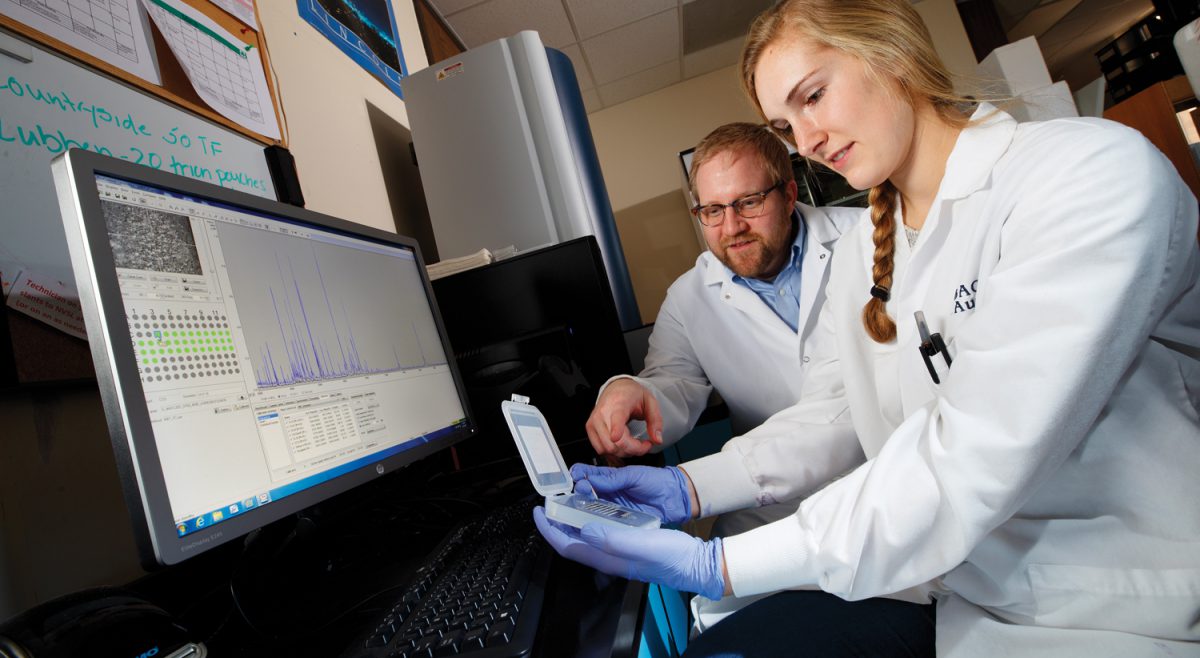
The facility also benefits veterinary students, providing additional classrooms and a new necropsy viewing space where they observe animal necropsies firsthand and learn what to expect as professionals. Space is available for the university’s Professional Program in Veterinary Medicine in cooperation with Iowa State University.
Approved by Nebraska’s Legislature in 2012, the $44.7 million center on the university’s East Campus was financed by donors and state bonds to be paid over the next 10 years.
+ Additional content for Enhancing Protection for Nebraska Livestock
Veterinary Diagnostic Center prepares for grand opening celebration